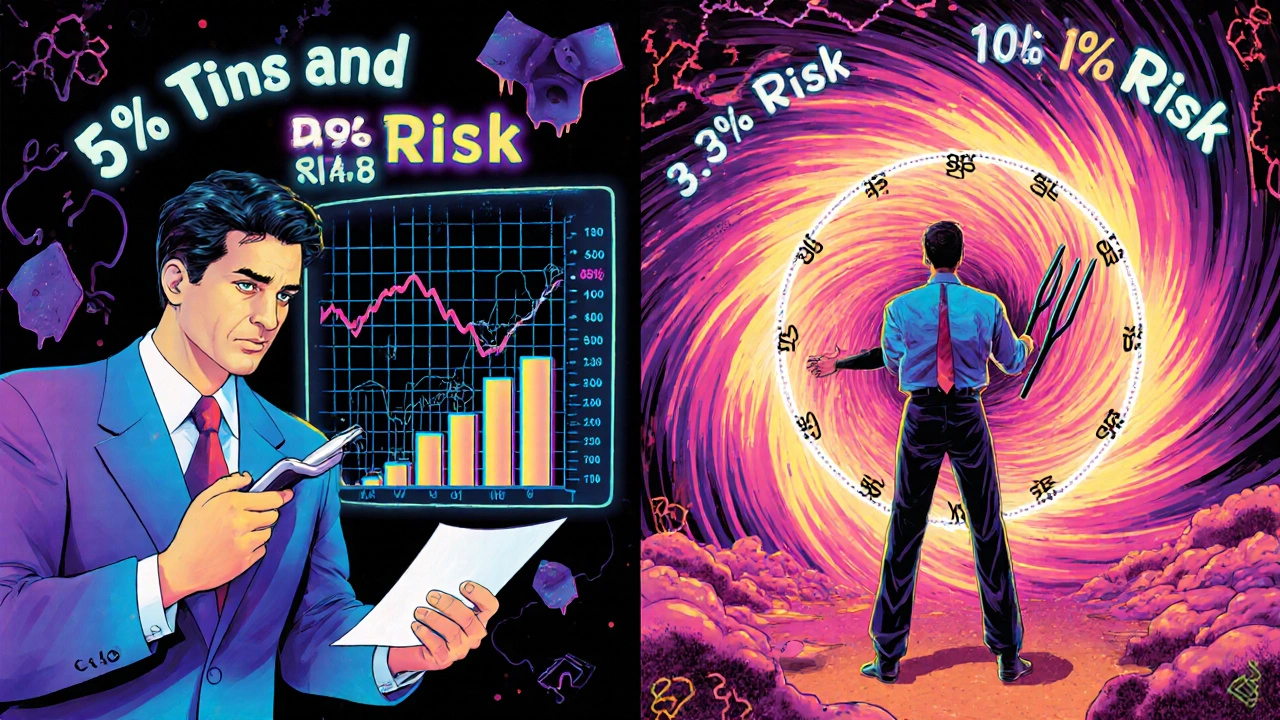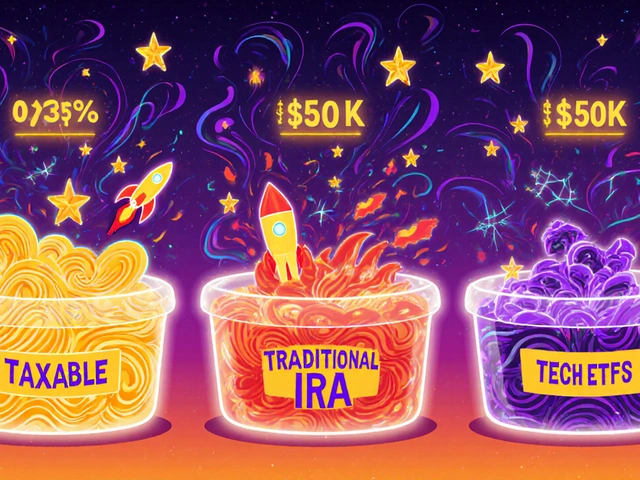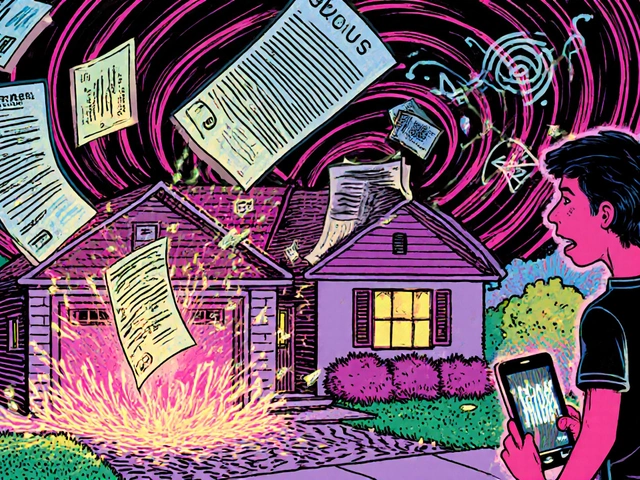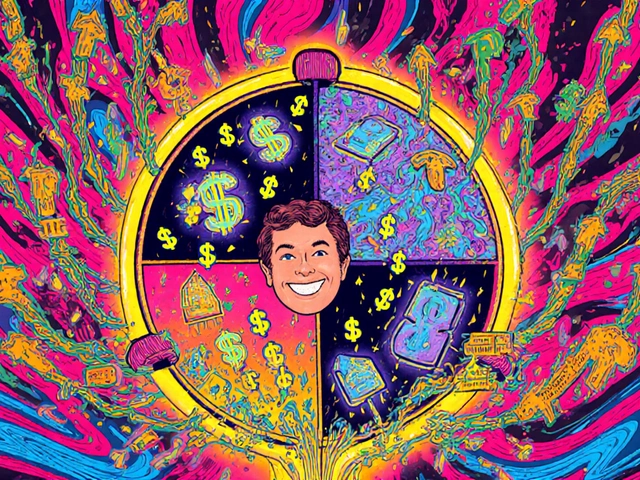Options Strategy Calculator
Bull Call Spread Calculator
Key Strategy Insights
As noted in the article: "A bull call spread cuts your upfront cost by 40–60%. You're not trying to hit a home run—you're trying to get a solid single."
Backtests show these spreads win about 68% of the time on SPY when the market has clear momentum.
You need about an 8–12% move in the underlying asset to break even and start profiting.
Remember: Directional strategies work best in trending markets with strong momentum.
Results
Break-even analysis: If the stock moves 0.00% from current price, you'll break even.
How to Interpret This Strategy
This is a directional strategy where you expect moderate price movement (8-12%)
As explained in the article: "You're not trying to hit a home run—you're trying to get a solid single."
Most new options traders start by buying calls or puts, hoping the stock will move in their favor. But that’s only half the story. The real edge comes from understanding two distinct ways to profit: directional bets and volatility plays. They’re not just different strategies-they’re different mindsets. One bets on where the price is going. The other bets on how much it’s going to move, no matter which way.
What Are Directional Bets?
Directional bets are straightforward: you think the price of something-like SPY, Tesla, or Apple-is going up or down. You don’t care how volatile it gets. You just want it to move far enough in your direction to make money. The most common way to do this is with vertical spreads. For example, a bull call spread means you buy a call option at a lower strike price and sell another call at a higher strike. You pay a net premium, but your risk is locked in. If the stock climbs past your higher strike, you cap your profit-but you also limit your loss. That’s the trade-off. Why use spreads instead of just buying a single call? Because single options are expensive and die fast. A bull call spread cuts your upfront cost by 40-60%. You’re not trying to hit a home run-you’re trying to get a solid single. Backtests show these spreads win about 68% of the time on SPY when the market has clear momentum. You need about an 8-12% move in the underlying asset to break even and start profiting. That sounds like a lot, but in trending markets, it’s common. In 2023, tech stocks like NVIDIA and Microsoft moved 15-20% in a month. That’s the sweet spot for directional traders.What Are Volatility Plays?
Volatility plays are the opposite. You’re not betting on direction. You’re betting that the market is underpricing fear or excitement. The classic example is the long straddle: you buy both a call and a put at the same strike price-usually at-the-money. You’re covered whether the stock crashes or rockets. The trick? You need volatility to spike. If the stock barely moves, both options lose value every day because of time decay. Another popular play is the long strangle: you buy an out-of-the-money call and an out-of-the-money put. It’s cheaper than a straddle, but the stock has to move farther to make money. Here’s the hard truth: volatility trades need implied volatility (IV) to rise. If IV is already high-say, above the 70th percentile-buying options is like buying overpriced insurance. You’re paying too much. That’s why experienced traders wait for IV to be low, below the 30th percentile, before going long. When IV expands after a dip, your options gain value even if the stock doesn’t move. Backtesting shows long strangles only win about 52% of the time in low-IV environments. But during earnings season or Fed announcements, they can return 23% on average-way more than covered calls, which average just 9%.Key Differences Between the Two
| Factor | Directional Strategies | Volatility Strategies |
|---|---|---|
| Goal | Profit from price movement | Profit from volatility change |
| Capital Needed | $1,500-$5,000 per trade | $500-$2,000 per trade |
| Win Rate | 60-75% | 40-60% |
| Max Risk | Defined | Defined |
| Best Market Conditions | Trending markets, strong momentum | High uncertainty, earnings, Fed events |
| Time Decay Impact | Moderate | Severe |

When to Use Each
If you’re watching a stock like AMD and you see it breaking out of a 3-month consolidation with rising volume and a bullish MACD crossover, that’s a classic setup for a directional trade. You might buy a bull call spread with strikes 10% apart. You’re not expecting a 50% jump-you just need a 10-15% move. That’s realistic. Now imagine it’s the day before the Fed announces interest rates. The market is nervous. VIX is at 18, but the 30-day IV percentile is only 22%. That’s low. This is your chance for a volatility play. You buy a strangle-say, SPY 530 call and 520 put. If the Fed surprises the market, you win big. If they do nothing, you lose your premium. But you knew that going in. The biggest mistake traders make? Mixing the two. You can’t trade volatility like you trade direction. If you buy a straddle because you think Apple is going up, you’re setting yourself up to fail. You’re paying for volatility you don’t need.What Experts Warn About
TradeStation’s derivatives team says ratio spreads-like buying one call and selling two higher-strike calls-are tempting because they look like free money. But they’re dangerous. If the stock surges past your short strikes, your losses are unlimited. Novice traders get burned by these all the time. Moontower Meta’s research says 90% of directional trading success happens before you even open the option. It’s about understanding earnings calendars, supply-demand imbalances, and institutional positioning. The option is just the tool. The real work is in the fundamentals. Fidelity’s strategists found that buying long strangles when IV is above 70% leads to failure 34% more often than expected. Why? Because the premium is inflated. Instead, they recommend selling strangles in high-IV environments. That’s a whole different mindset.Real-World Challenges
Reddit’s r/options community surveyed over 1,200 traders in mid-2024. The results were eye-opening:- 72% of directional traders struggle to pick the right strike prices
- 68% of volatility traders lose because they enter too early or too late
- 89% of people who use spreads say they love the defined risk
- 82% of volatility traders say they like the flexibility-not needing to guess direction
- 67% complain about time decay eating their profits
- 58% hate that directional spreads cap their upside







Comments
Oh sweet Jesus, another post that treats options like some kind of sacred scripture. Let me guess-you bought a bull call spread on SPY last week and now you’re the Oracle of Omaha? Newsflash: 68% win rate on backtests means nothing when your broker slaps you with $40 in commissions and the bid-ask spread eats your lunch. And don’t even get me started on ‘volatility plays’-you think buying a strangle because VIX is ‘below 30th percentile’ makes you some kind of quant wizard? Bro, IV percentiles are just fancy casino chips. The real edge isn’t in your spread builder-it’s in not trading at all until you’ve paid your dues in losses. I’ve seen guys with PhDs in finance blow up accounts trying to ‘time the IV crush.’ You’re not a trader. You’re a spreadsheet janitor with a Fidelity login.
Thank you for this. 😊 I’ve been confused about when to use spreads vs strangles. Your breakdown helped me realize I was trying to force direction on earnings week-big mistake. Now I’m learning to wait for low IV and just let the market surprise me. Still learning, but this made sense. 🙏
There’s something quietly profound about how this post frames the difference between directional and volatility trading-not as competing strategies, but as complementary lenses. The highway vs. surfing analogy? Perfect. I’ve watched too many traders try to force a directional play during earnings, then blame the market when their long call evaporates. It’s not that volatility trading is harder-it’s that it demands patience you didn’t know you needed. And yes, time decay is a silent assassin. But if you treat each trade like a controlled experiment-small position size, clear exit rules, no emotional attachments-you start seeing patterns. I’ve been using Thinkorswim’s volatility heat maps for six months now. The color gradients tell you more than any indicator ever could. You don’t predict the wave. You learn to read the ocean.